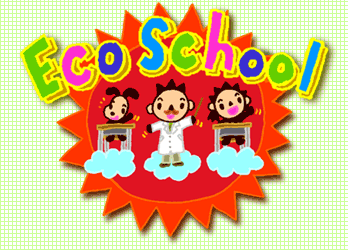|
|
|
|
Some kinds of energy are known as "clean energy," however, because they cause little or no harm to the environment. These include natural energy, such as solar, wind, and geothermal energy and energy from the ocean, and new ways of producing energy, such as fuel cells (click here to learn about fuel cells). Recycled energy, which makes use of waste products, is also considered a form of clean energy because it reduces garbage and allows energy resources to be reused. Yet another source of clean energy is "biomass." The sawdust produced when wood is cut, animal waste from farms, and garbage from people's kitchens are all forms of biomass. Methods of obtaining energy from biomass are attracting a great deal of attention.
While some people consider nuclear power to be a form of clean energy because it does not produce greenhouse gasses, the disposal of the radioactive waste produced when generating electricity is a major issue.
Clean energy is also called by other names, including "green energy" for its relation with nature, "soft energy" because it is kind to the environment, and "reusable energy" because it uses resources that will not be diminished.
Photo: PANA

